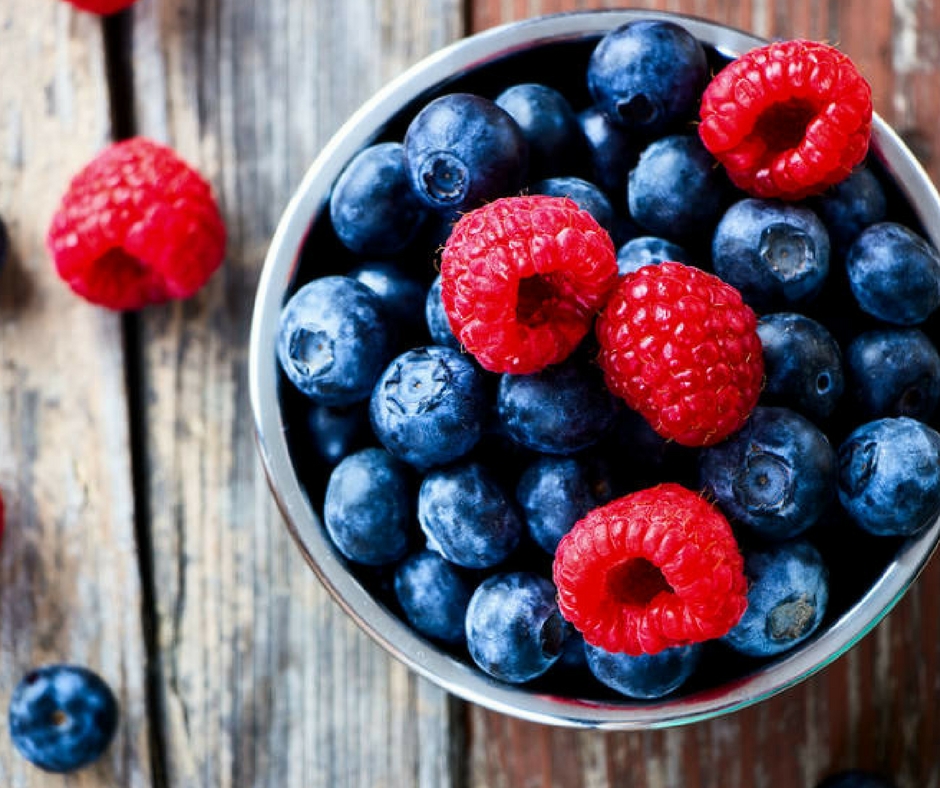Homemade Recipes For Dry Eye Remedies
Antioxidants

Antioxidants are naturally occurring compounds found in fruits and vegetables. Research shows they are extremely protective against eye diseases. Antioxidants may be able to reduce dry eye because they fight free radical toxins that may be accumulating in the eye. They also help rid toxins in the body caused by poor diet, aging, lack of exercise, chronic stress, smoking, medications, excessive alcohol intake, sun damage, and an unhealthy lifestyle. Cherries, blueberries, spinach, goji berries, and cranberries are all especially high in antioxidants.
